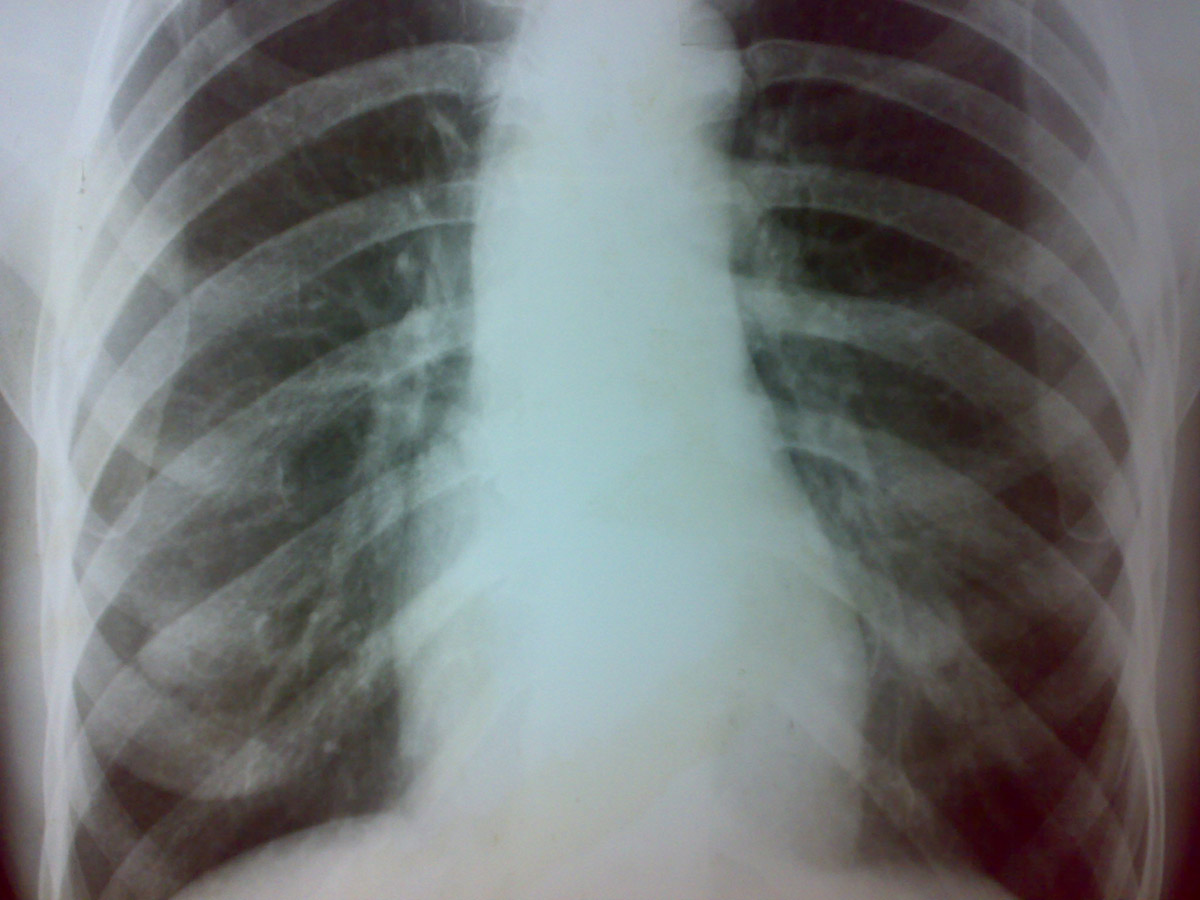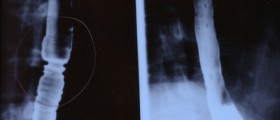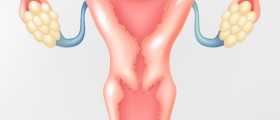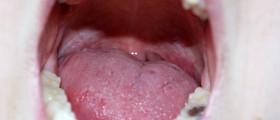
Esophageal cancer location of the tumor
Tissue is made of cells and the bodily organs are made of tissues. In the cells of the tissue the cancer starts to develop. Cells grow and divide when the body needs them for some function. After a time, when they become old or damaged, they die and are replaced by new cells. This is considered to be a normal process. However, the process does not go as it should every time. In situations when new cells are formed and the body does not need them or when the old or damaged cells do not die when they are supposed to, the cells begin to build up. When that happens, a mass of tissue known as growth or tumor may form.These growths can be either benign or malignant. Benign tumors are not cancerous and are a threat to life only in certain situations that do not occur that often. When they are removed, they usually do not grow back. They also do not invade the surrounding tissues or spread to other organs. On the other hand, malignant tumors are cancerous and they do endanger the life in various situations. If they are removed, they might grow back again. It is not a rare situation for malignant growths to spread to other parts of the body and cause damage to organs and tissues that surround them.
Cancer of the esophagus develops in the inner layer of the esophagus in almost all situations and from there it invades the deeper tissue. Various types of esophageal cancer exist but two occur more often than others. The diagnosis and treatment of both these types are almost exactly the same. Adenocarcinoma and squamous cell carcinoma are the names by which they are usually referred to. Adenocarcinoma is almost always located in the lower part of the esophagus, close to the stomach. This type of cancer of the esophagus is seen in most patients in the United States. On the other hand, squamous cells carcinoma is mainly diagnosed in the middle and the upper part of the esophagus. In recent years this type is not as often seen as it used to be in the past in the United States. However, no type of esophageal cancer is more common around the world.Risk factors exist with every cancer type and it is no different with cancer of the esophagus. Risk factor is anything that increases the chance of developing the disease. The actual cause of esophageal cancer is still not known but the experts are sure about the factors that increase that chance. Certain risk factors can be avoided while others cannot. Age is considered to be one of the leading risk factors of this type of cancer. A majority of esophageal cancer patients are older than 65. Being male is another risk factor that cannot be avoided. According to the data men are affected by this cancer three times more than women. Tobacco use and alcohol consumption can be avoided. A diet low in fruits and vegetables also increases the risk of cancer of the esophagus.
Esophageal cancer surgerySurgery is the first treatment option in case of cancer of the esophagus, if it can be performed. The surgical procedure consists of a surgeon removing the part of the esophagus. The amount of the organ that is removed depends mainly on the location of the cancer. It is often seen that the entire esophagus is being removed. These procedures are called major surgery. In situations where the cancer has progressed to the stomach, a part of stomach will be removed as well. In some situations even a part of the gullet can be removed.
After a part of the esophagus is removed, the surgeon needs to reattach the remaining part to the stomach. However, sometimes a large part of the esophagus is removed and a lot of surgeons then take a bit of bowel to replace the missing part of the esophagus. Some situations require the removal of the whole esophagus and that procedure is called total oesophagectomy. After this procedure the surgeon will pull the stomach up into the chest in order for the esophagus to be replaced.When performing the surgical procedure, the surgeon can approach the cancer through the neck, chest or abdomen. The location of the cancer will determine where the surgeon will make the incision. Depending on the surgery a person will have a scar on the neck, tummy or on the chest, either on the left or the right. Keyhole surgeries are mainly used nowadays because the scar that remains will not be a big one.

















Your thoughts on this
Loading...